Supplemental Operations Report 13/14 Mar 2022
Name of person filing report: Shannon Rupert
Reason for Report: Routine
Non-nominal systems: We had a brief power system failure on Saturday morning. It may have been the result of the crew accidently leaving a rover on, and the SOC fell the 3% before I noticed it and turned on the generator. We were fine overnight but about a half hour after I turned the generator off, the SOC spiked at 100% before 9 am, which never happens. I went to town around 10 am to secure the crew’s 3D printer and when I got back the power was out.
Action taken for non-nominal systems: I’m currently (and it seems like forever…) troubleshooting the system.
Generator: Still being manually run at night. I did not use it on Saturday night and the SOC fell from 93 to 29 overnight. I unplugged the suits, radios and rovers on Sunday night to see if I could further reduce the load and the SOC fell from 91 to 37. This was even with an extra hour of sunlight. This suggests that the batteries are no longer at their peak performance due to the continuous drain over the past months of trying to get the system to work as it should. This is disappointing and potentially costly news.
ScienceDome Dual Split: Off
Solar—Charge controllers off at night except Saturday and Sunday, when I did not use the generator.
Solar— SOC was nominal through Saturday morning and once again after the power was restored.
Notes on power system: As noted above.
Propane Reading, station tank – 60 %
Propane Reading, director tank— 74 %
Propane Reading, intern tank— 78 %
Propane Reading, generator— 60 %
Ethanol Free Gasoline – not known gallons.
Water (Outpost tank) – 50 gallons
Sojourner rover used: yes
Hours: not noted
Beginning charge: 100
Ending charge: 100
Currently charging: Yes
Notes on rovers: I’ve been using Percy to do chores. Other rovers are just parked and charging.
ATV’s Used: (Honda, 350.1, 350.2, 300): none
Reason for use: n/a
Oil Added? No.
ATV Fuel Used: 0 gallons
# Hours the ATVs were Used: 0 hours
Notes on ATVs: Nothing to report
HabCar used and why, where? Yes, to town for garbage and water runs (yay, I just love getting water…not!)
CrewCar used and why, where? Yes, crew returned it to Grand Junction and left it at the Day’s Inn. I plan to go to Grand Junction one day next week and get an oil change, tired rotated and wash before the next regular crew arrives.
Luna used and why, where? Yes, to town
Campus wide inspection, if action taken, what and why? Poop patrol and MOOP patrol both happened this weekend. MOOP not completed.
General notes and comments: nothing to report.
Summary of general operations: Nothing to report
Summary of internet: I moved the Starlink equipment to my trailer and will be testing it. The crew found that it worked very well and they were even able to make several phones call at one time on it, so I am intrigued. Early reviews are mixed. Fine for regular emails, etc, but not so great to stream. The jury is still out.
Summary of suits and radios: The suit covers for the one-piece suits were missing through the last rotation but were found in a cabinet and are now back on the suits. Broken helmet is in intern trailer.
Summary of Hab operations: The water leak in the front of the Hab, between the front steps and the water tank, is gone. I suspect it was from the broken part of the toilet or from the toilet seal because once the toilet was replaced it stopped. So mystery solved. The toilet room definitely needs new flooring because the water damaged floor is not at all attractive.
I spent several hours in the Hab returning misplaced items, taking inventory and taking care of small issues that had been ignored. Overall the Hab is in good shape from crew use, but a more serious floor cleaning on the lower deck needs to happen with future crews.
Summary of Outpost operations: Intern trailer getting clean for the arrival of TMS Executive Director, who will be visiting MDRS this week.
Summary of GreenHab operations: Nothing to report
Summary of ScienceDome operations: Cleaned and organized
Summary of RAM operations: Nothing to report
Summary of any observatory issues: Nothing to report.
Summary of health and safety issues: No bleach to be found in town so I will shock the water system when it arrives today.


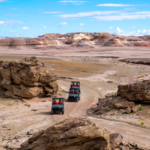
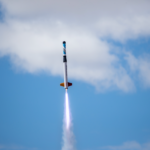
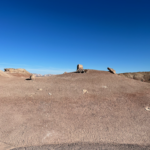
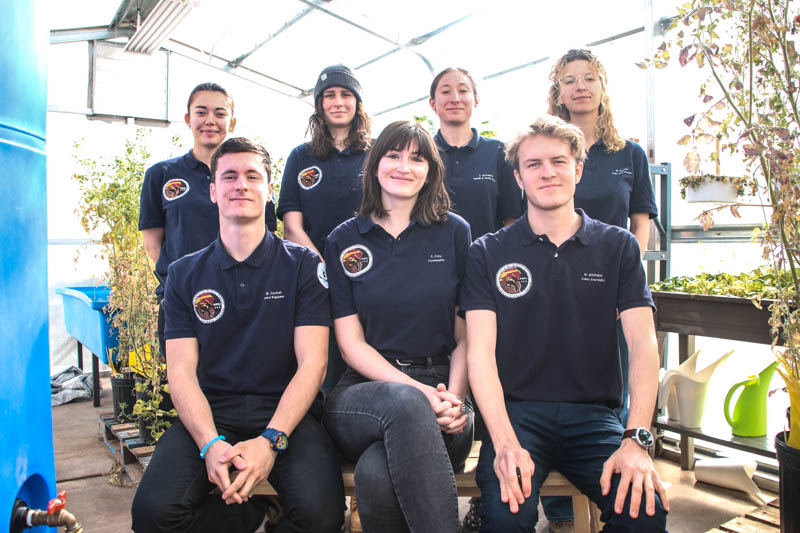
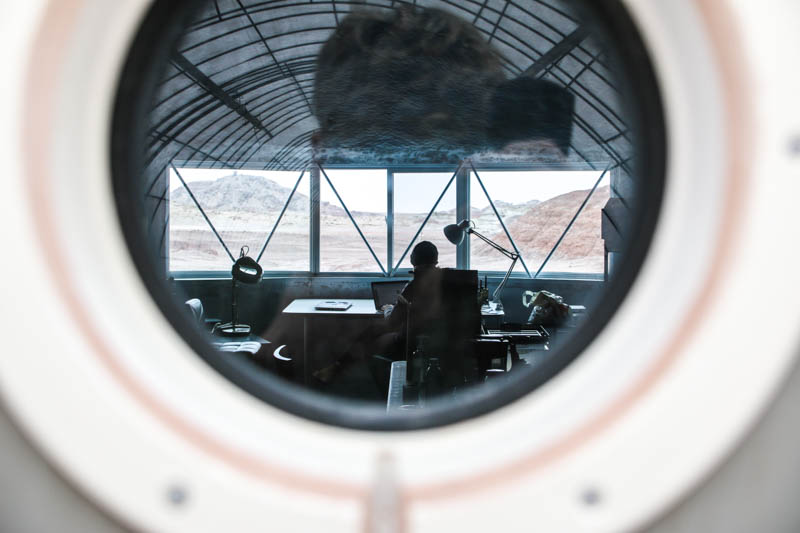
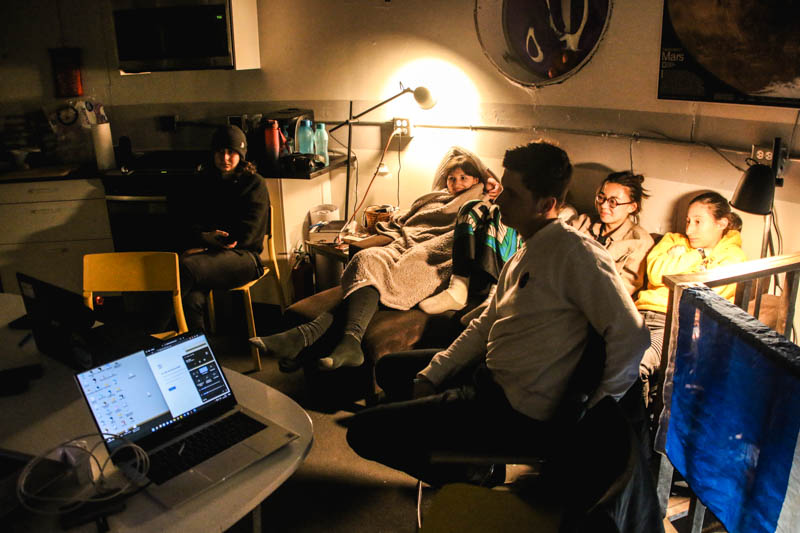

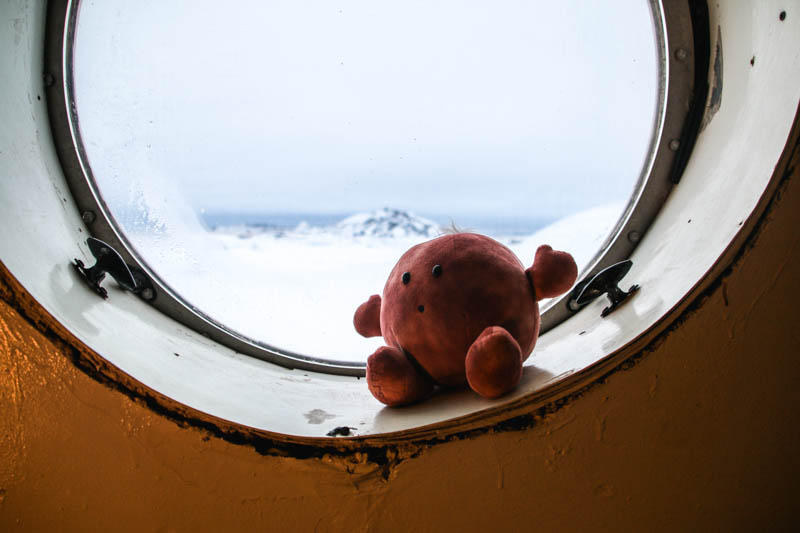
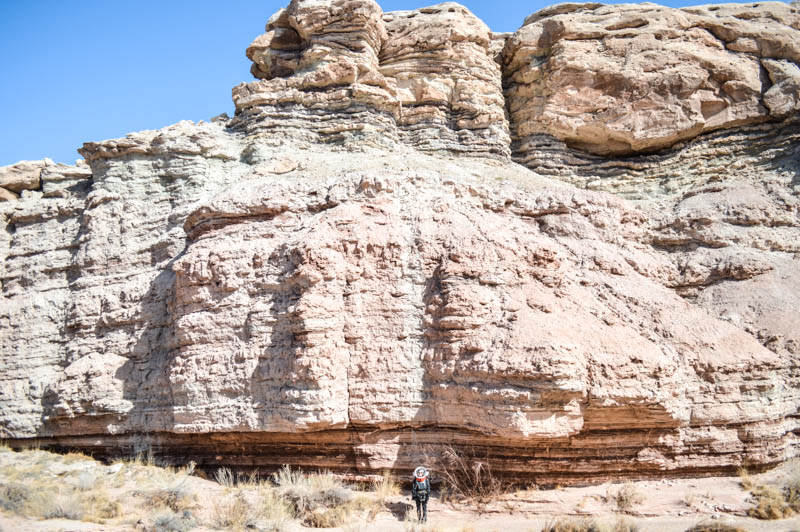
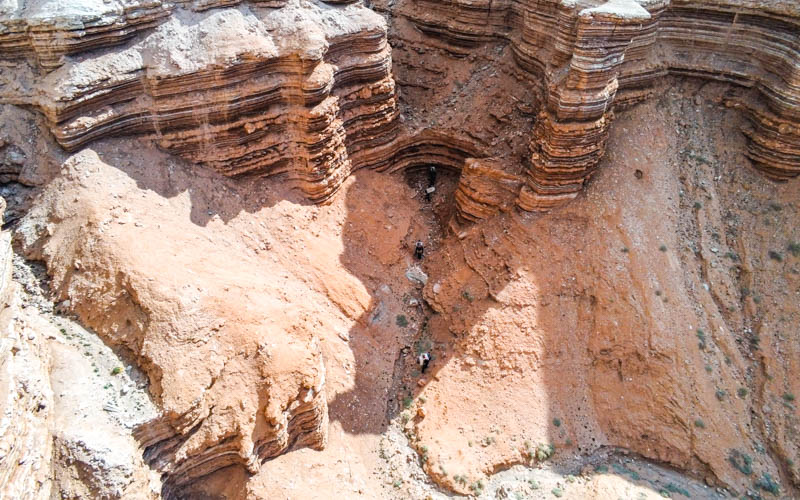

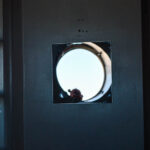
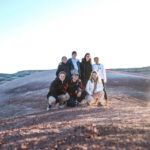
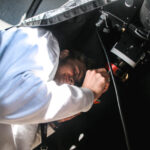

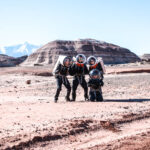
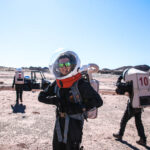
You must be logged in to post a comment.